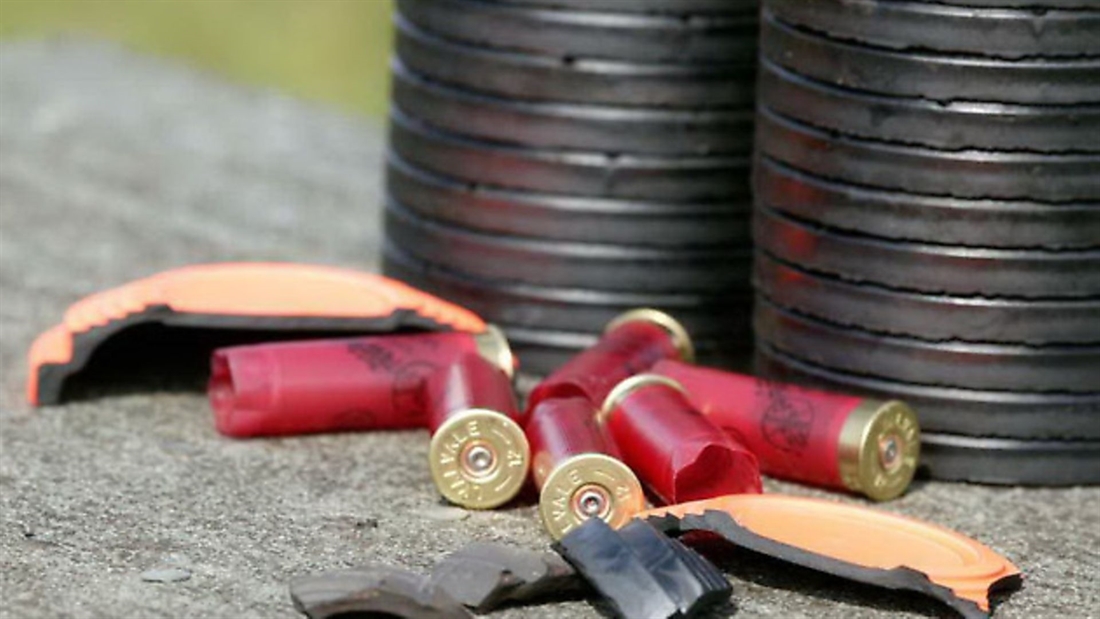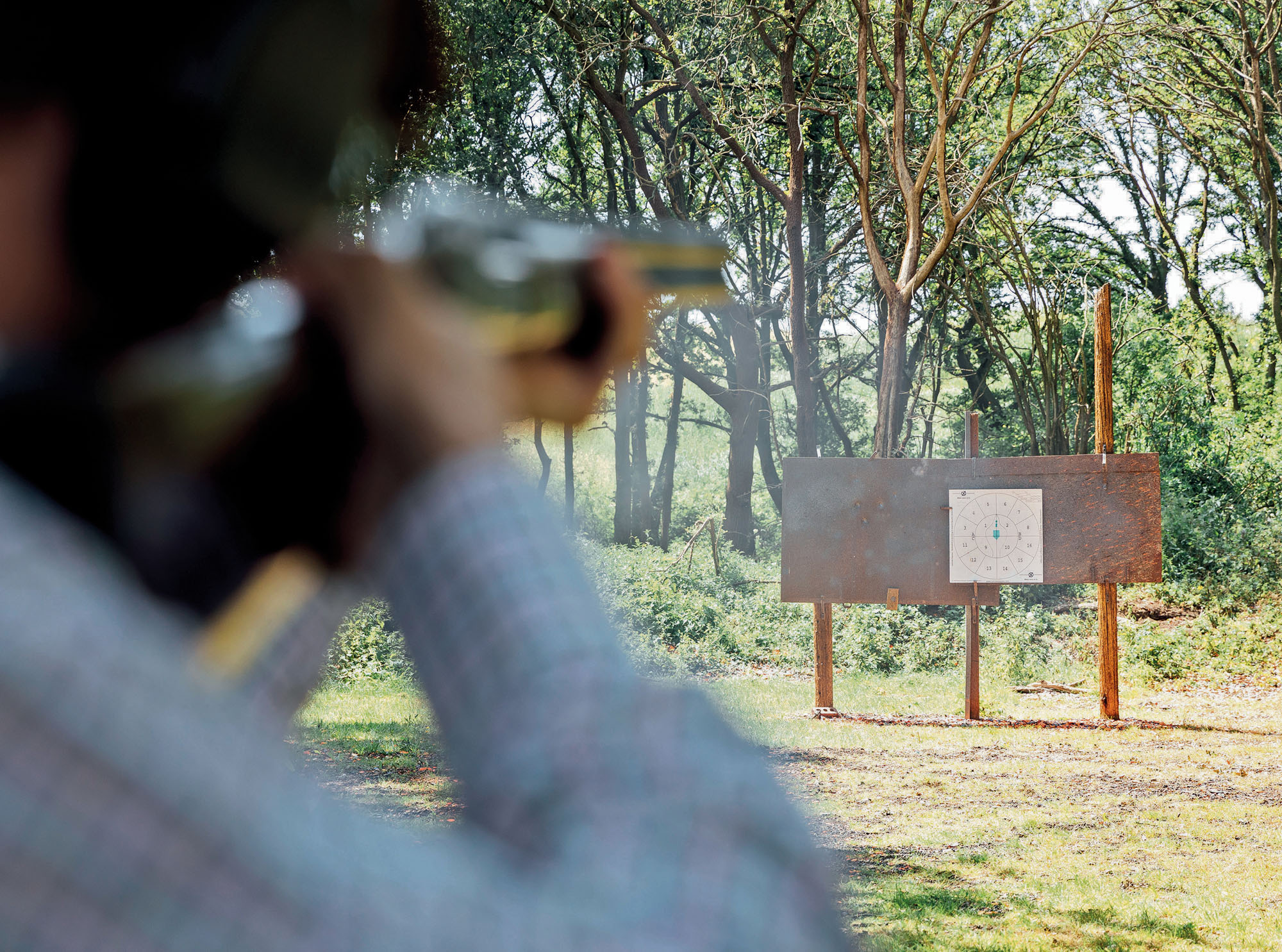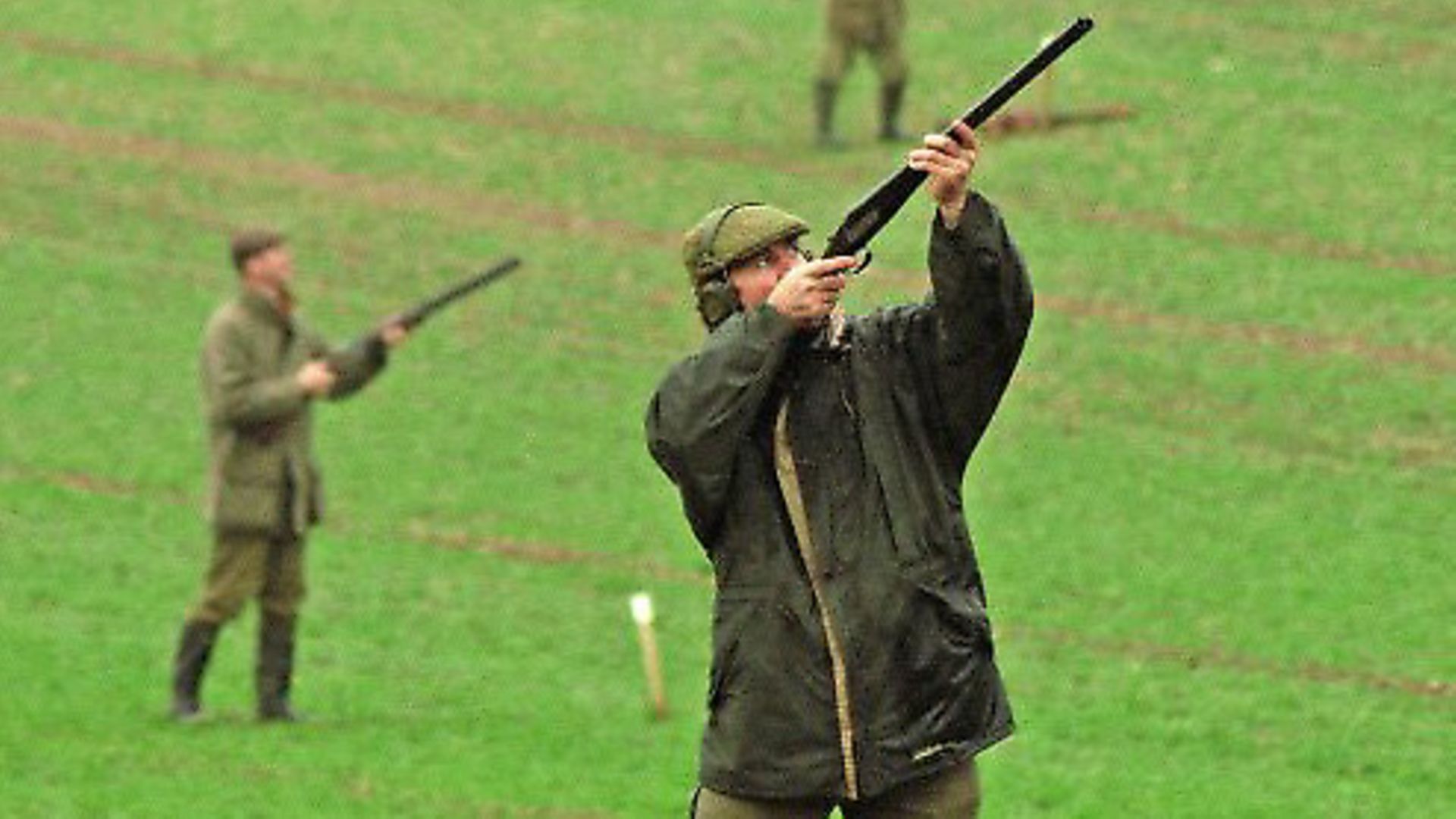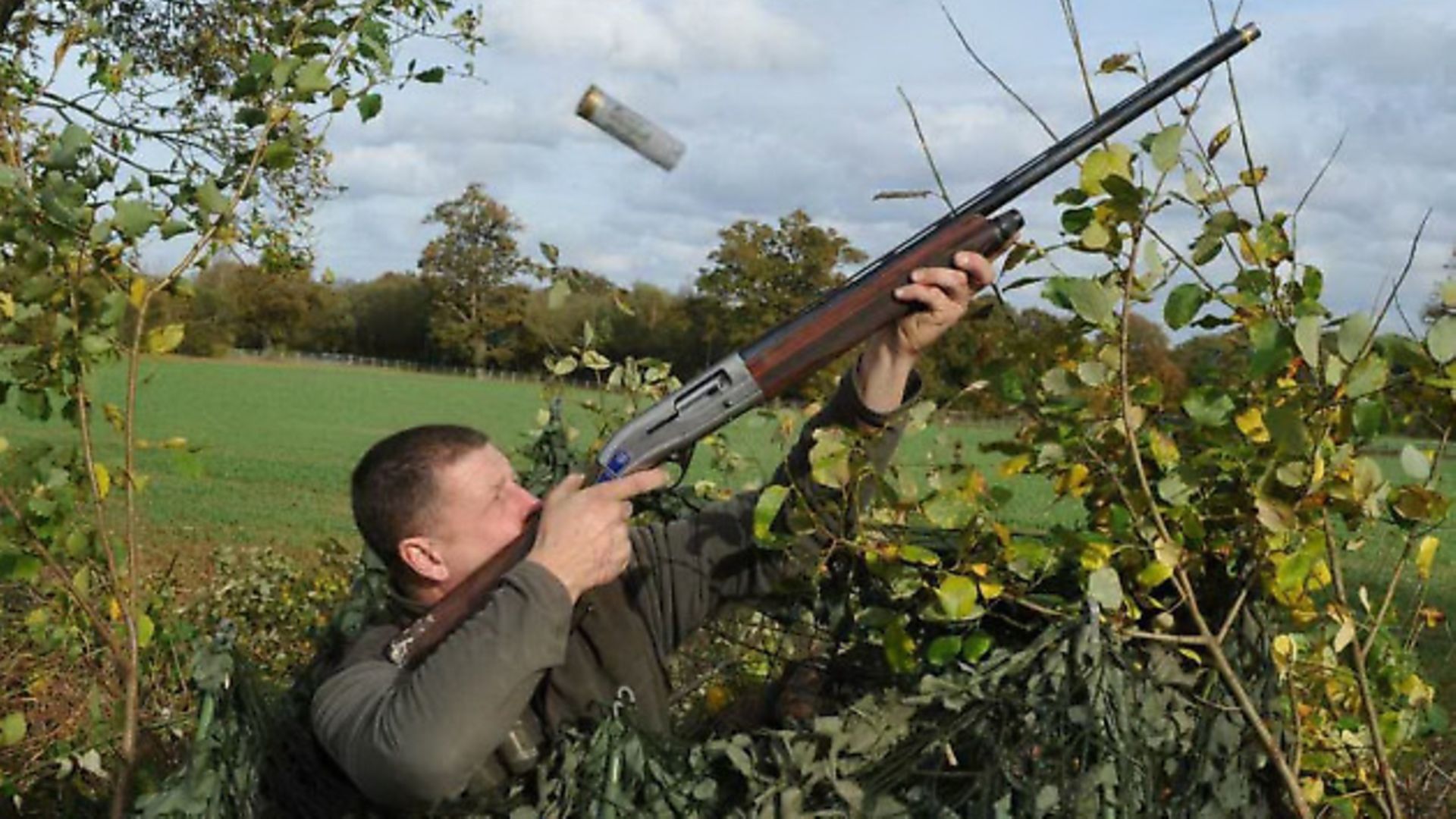Essential skills: how to choose the right ammo

With your ‘ticket’ and gun in tow, it’s now time to buy your cartridges – but with so many to choose from, how do you make sure you’re getting the right ones for the job? James Marchington explains all
I got my first 12-bore shotgun, my father gave me his best advice on cartridges. “I use these for everything,” he said, holding up a paper-cased Eley Grand Prix containing 11/16 oz of no.6 shot. “Point it in the right direction and it will do the job.” To this day, the distinctive smell of those paper case cartridges brings the memories flooding back. And, although the variety of shells available has changed dramatically, the thought behind his advice remains true today.
Back then, there were plenty of cheap Eastern Bloc cartridges of highly dubious quality. In any one box, you’d have some shells that kicked like a mule and others that seemed to be loaded with confetti. If you cut one open, the shot looked like the sweepings off the floor – all different sizes and shapes mixed in together. It made sense to stick to a trusted, British-made brand if you could afford them, and in those days there was only Eley.
Nowadays, there are many more cartridge brands available, some British-made and others not, but the overall quality is very good. You can choose any cartridge on the market and feel confident that it will perform to a good, consistent standard and – perhaps most important of all – it will be safe.We have a wider choice available now, but that’s even more reason to follow my dad’s advice, which was basically to find a good quality cartridge that does the job, and stick with it. You could chop and change, using a slightly different load or larger shot for this or that type of shooting. But for most of us that just brings another variable into the equation when we should really be concentrating on pointing it in the right direction.So how do you go about choosing a good, general purpose cartridge that will deliver the results you want? Let’s get down to specifics.
Does it fit?
First things first, your cartridge needs to be the right size for your gun. Obviously it needs to be the correct bore size – 12 for a 12-bore. But it must be the right length, too, and the pressure it creates on firing mustn’t exceed what the gun can safely take.Stamped into the barrels will be the proof marks – hieroglyphics that tell you the size of the chambers and the pressure that the barrels were tested for. If you struggle to decipher them, then check at the gun shop.
Most modern guns will happily take cartridges with 70mm cases, or 2¾” in old money. That’s the length of the case when it is opened out after being fired. It’s important that the case isn’t longer than the chamber, or the pressure could rise to dangerous levels on firing. If you have an older gun, or a light side-by-side, you may find it has 2½” chambers, in which case take care to buy ammo suitable for that size.
The proof pressures are unlikely to be a problem if you’re shooting normal cartridges in a modern gun. Do check if you have an older gun, however, or if you plan to shoot heavier than standard shells, such as steel shot or magnum cartridges for wildfowling.
Cartridges for clays
If you’re shooting in any sort of competition, or even practising at a clay ground, there will be rules about cartridges that you must follow. Otherwise, you risk being disqualified or thrown off the ground. CPSA rules say you can’t use more than 28g of shot, except for ZZ and FITASC. Many grounds ban plastic wads, while others may not allow the larger shot sizes such as you’d use for game – not that you’d normally choose to shoot 5s or 6s at clays anyway.
All of that brings us to the ‘standard’ Sporting choice of a 70mm case, 12-bore shell containing 28g of size 7 or 7.5 lead shot, with a fibre wad, unless you’re certain to be shooting only on grounds that allow plastic.
That’s what you should buy, unless you have a good reason to deviate from that well-proven spec. There is plenty of choice available – all the major brands offer a variety of cartridges that fit the description, with prices starting at a touch over £200 per thousand. Within each range there are ‘budget’ and ‘premium’ shells, and often one or two in-between. As a beginner, it probably makes more sense to start at the budget end – it may sound harsh, but those shells will be more than capable of outperforming you for the first few years at least.
You will quickly find that other shooters have strong views about which shell is better than another, and friends will recommend that you switch to their favourite brand because they believe it is faster, shoots better patterns or ‘kills better’. Remember that speed isn’t everything, and a few extra metres per second won’t improve your scores if you end up with a bruised shoulder and a flinch.
My advice is to think carefully about any change you make, do it for valid reasons, and if possible carry out a few tests of your own to satisfy yourself that the new ammo really will deliver an improvement. Confidence is important to good shooting, and you’ll undermine that if you are constantly worrying about your latest choice of ammunition.
Cartridges for game
In the world of game and rough shooting, little has changed since my father recommended Eley Grand Prix for everything from driven pheasants to walked-up rabbits. Paper cases have been superseded by plastic, and there have been technological improvements in primers, powder and wads. But 11/16 oz (or 30g) of no.6 lead shot is still just as effective at bringing down all sorts of quarry at normal shotgun ranges.
Any shotgun load is a trade-off, a compromise between what you want and what is possible. Smaller pellets mean you get more in a cartridge, so the pattern is more dense – but an individual pellet doesn’t hit so hard. Lighter shells are more comfortable to shoot, but don’t have the knock-down power. A heavier payload will shoot further and hit harder, but it will also kick more.
The compromise that generations of shooters have arrived at is 30g of no.6 lead shot in a 65mm case with a fibre wad, so as not to litter the countryside with plastic. As with the ‘standard’ clay load, you stray from this path at your peril. When you have been shooting for years, then by all means decide that you need a slightly heavier load of no.5s for those late season pheasants, or you can get away with 28g on the partridges, or you prefer no.7 for snipe.
In the meantime, just find yourself a dependable cartridge with 30g of 6s, buy a thousand or two and store them somewhere warm and dry. They will serve you well for 95% of your live quarry shooting. As with clay shells, there are plenty of different brands and manufacturers after your money. Like modern cars, they all promise excellence in a particular area, but the bar is set high and they all perform very well.
Game cartridges tend to be priced higher than clay ammo, but you can still find a good quality 30g cartridge for under £250 per thousand – or pay a little more for higher performance from a more impressive-looking shell. For a premium of around £50 a thousand you could even indulge your nostalgia and shoot paper-cased cartridges. You won’t put any more birds in the bag, but it might add to your enjoyment of the day.
And for pigeons?
Pigeons are a bit of a special case and have a reputation for being hard to kill, although in reality they are just another type of game and will readily fall to a well-placed 30g load of 6s. If you find pigeons aren’t dropping as you’d hope, think about the distance you’re shooting, as well as the angle of the bird. If you can’t see the bird’s head or chest because it’s quartering away, there is little chance of your pellets reaching a vital area.
Having said that, some of the big manufacturers make a specialist pigeon cartridge and if your shooting is mainly pigeons, it’s probably a good choice. Typically it will be a fairly fast, hard-hitting cartridge with 30 or 32g of size 6 or 6.5 shot. And normally it will cost slightly less than the equivalent game cartridge, which can’t be a bad thing, especially if you’re hoping for a big day!
What about non-lead?
For all the antis campaigning, shooters remain deeply sceptical about the supposed dangers of lead shot. I have met only a couple of people who shoot steel out of choice. The vast majority use lead unless the law forces them to switch to non-lead (I am deliberately avoiding the term ‘non-toxic’ which is unscientific and plays into the antis’ hands by besmirching lead as ‘toxic’).
In England and Wales, that basically means using non-lead on the foreshore and certain SSSIs, and for shooting ducks and geese, even if they are inland. The rules are different in Scotland, where lead is banned over wetlands but can be used to shoot ducks and geese over farmland.
Crucially, if you’re on a pheasant shoot in England or Wales and they throw in a duck drive, then you will need to switch cartridges to shoot the duck with non-lead shot. Don’t be tempted to use your standard game shells. It may be illogical, but it’s the law and you do shooting no favours if you break it.
As for choosing a suitable non-lead cartridge, take expert advice. It depends on your gun, your quarry, and the ranges at which you will shoot. Non-lead ammo can be horrendously expensive, with Bismuth around £1 a bang and Tungsten double that. Steel is a more economic choice, with prices similar to lead ammo, but you need bigger pellets to achieve the same result, and not all guns can take steel.
Know your limits
For live quarry shooting, any cartridge has its limits, beyond which you can’t realistically expect to achieve a clean kill. It’s unsporting and cruel to shoot at out-of-range pheasants, or try to kill a fox with a standard game load. Learn to judge range, and stick to shooting within your own ability as well as the limitations of your gun and cartridge.
Where necessary, move up to a heavier load and larger shot – for decoying geese or a fox drive, for example. That will give you the extra killing power you need at normal ranges. But remember that magnum ammo isn’t magic. Shooting at longer ranges is a special skill that you should practise on targets before you go after live quarry. n








